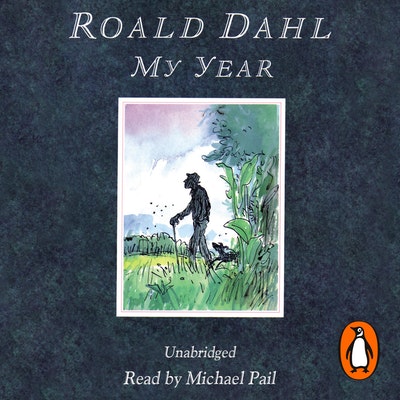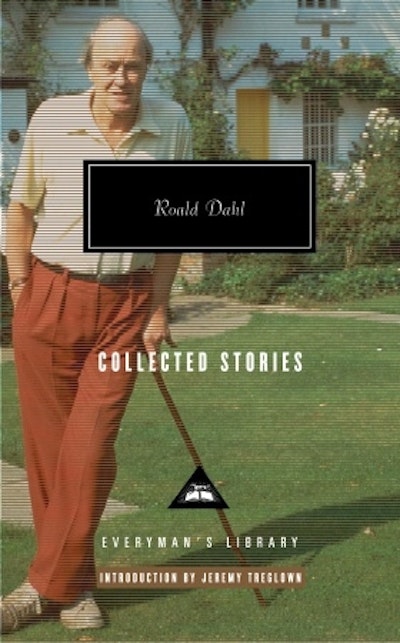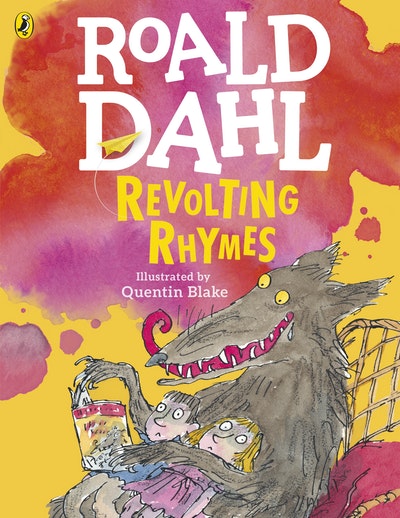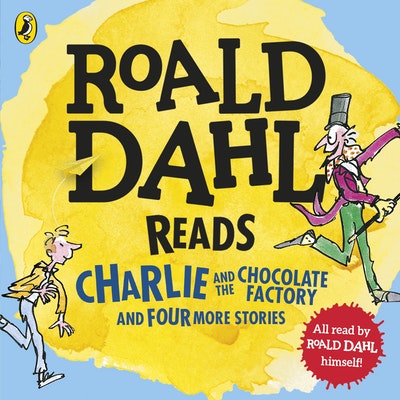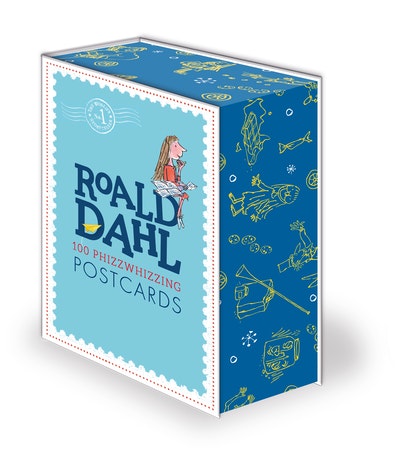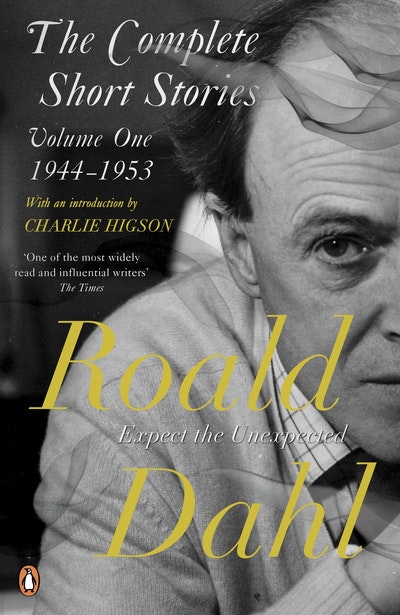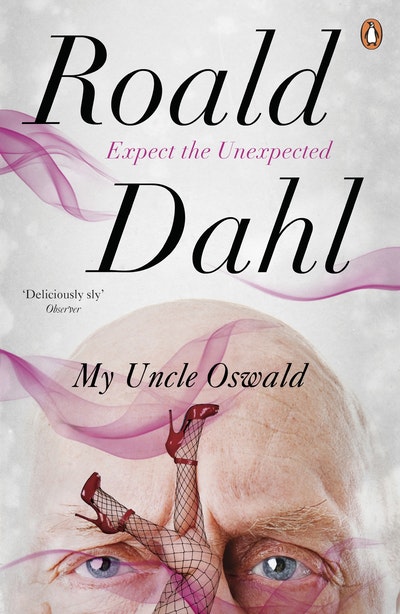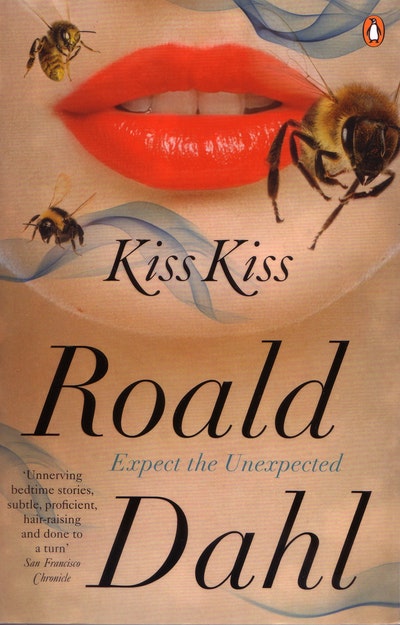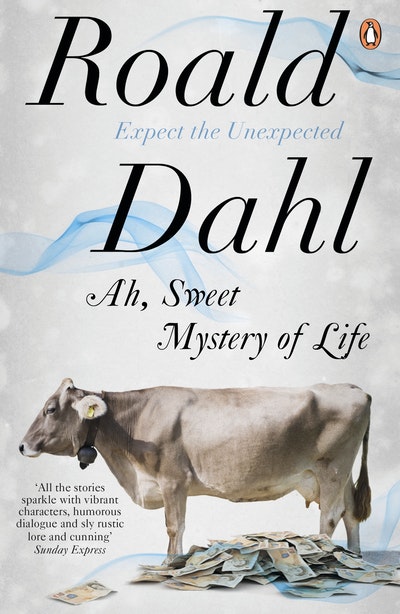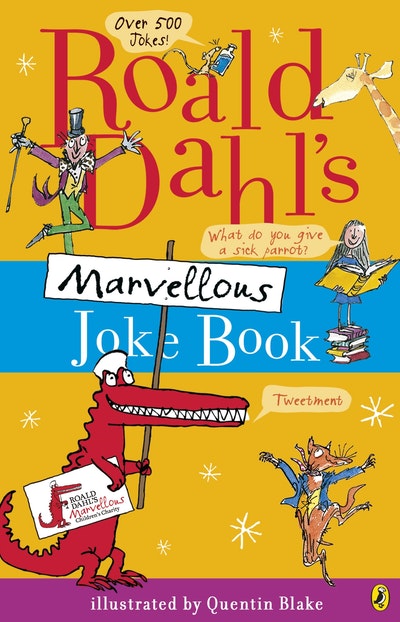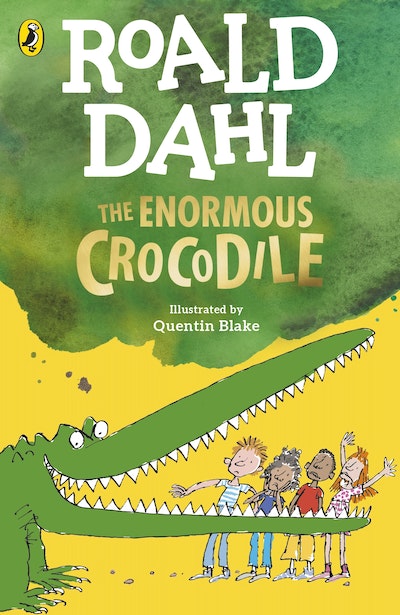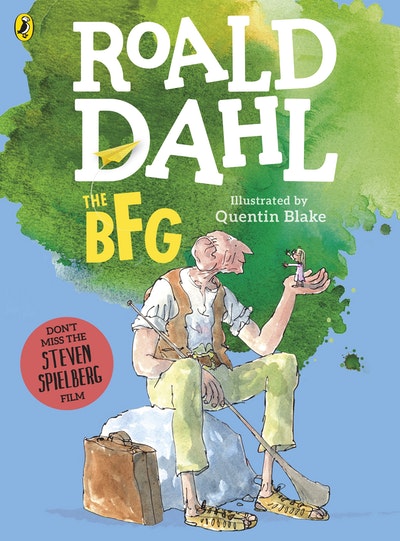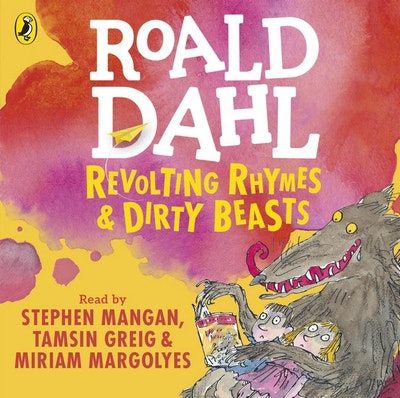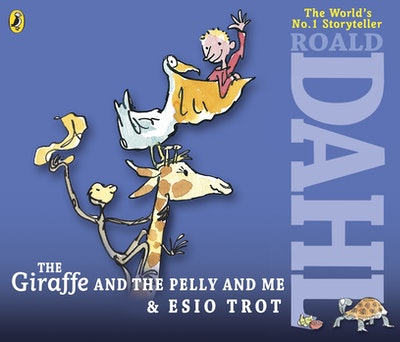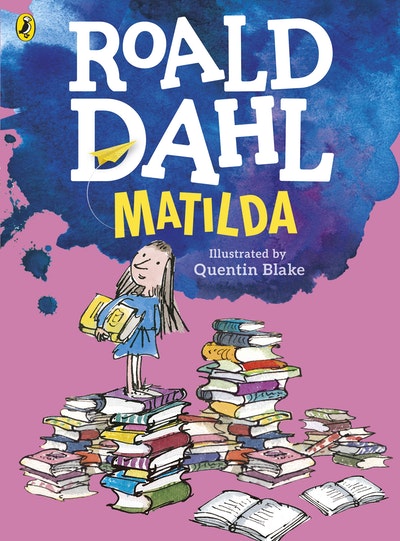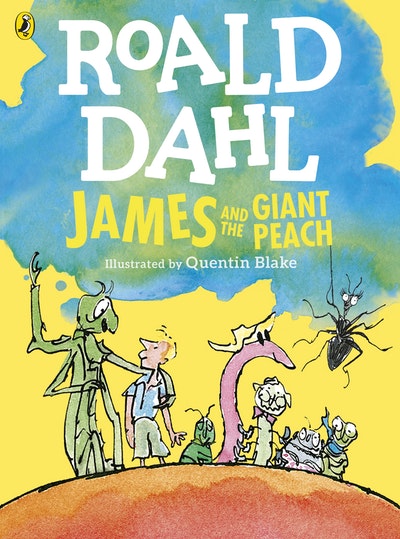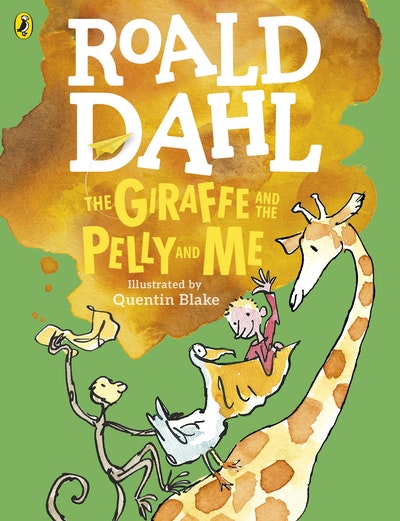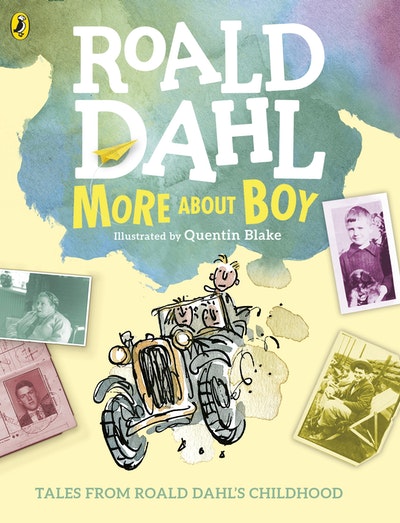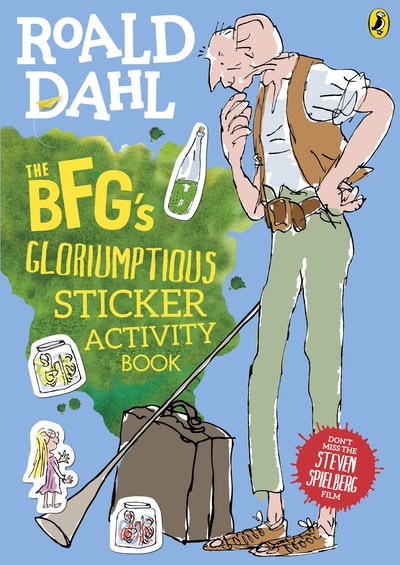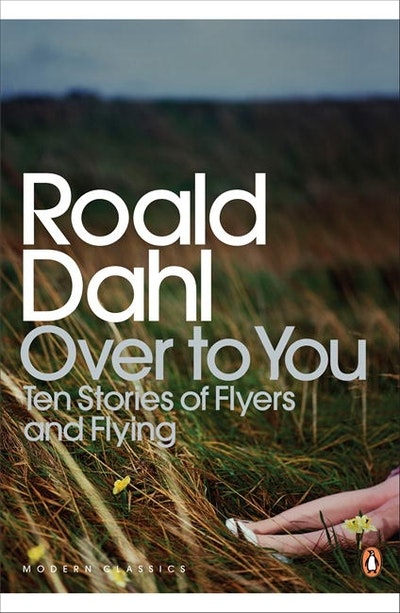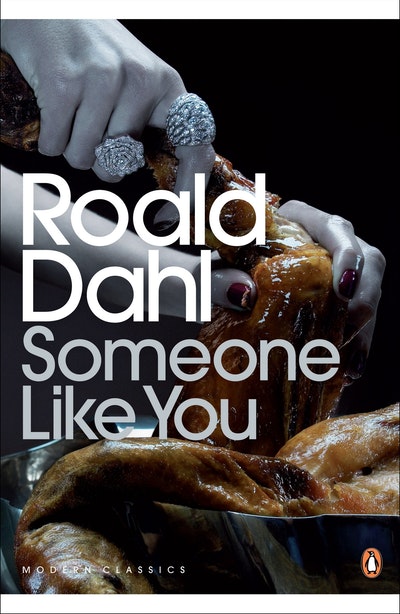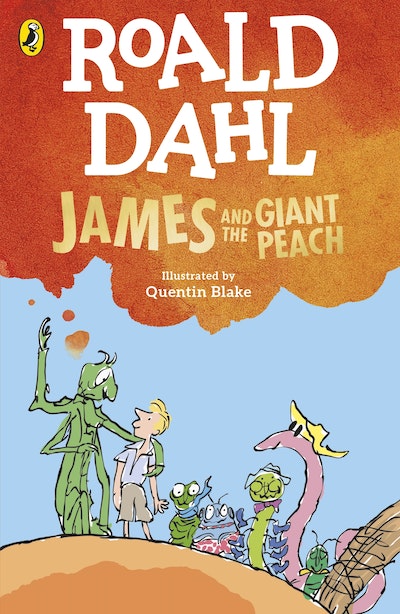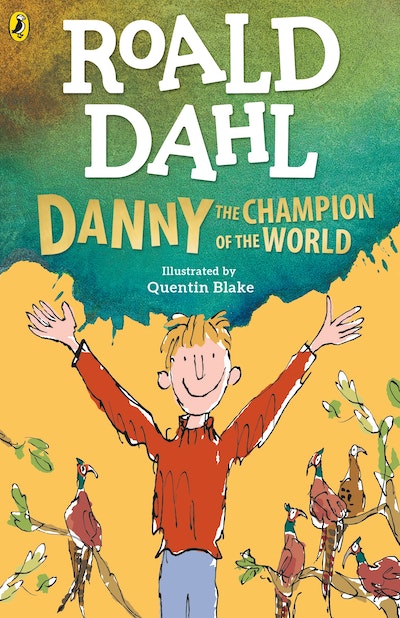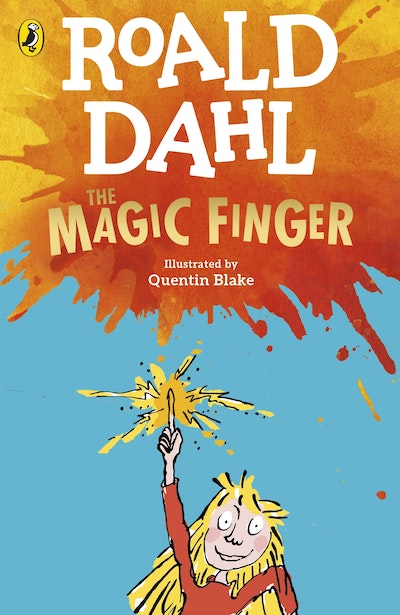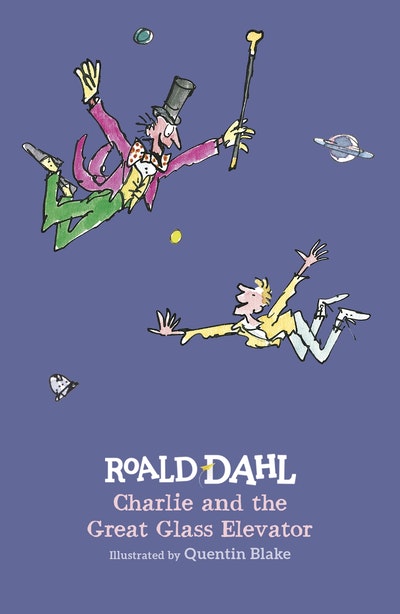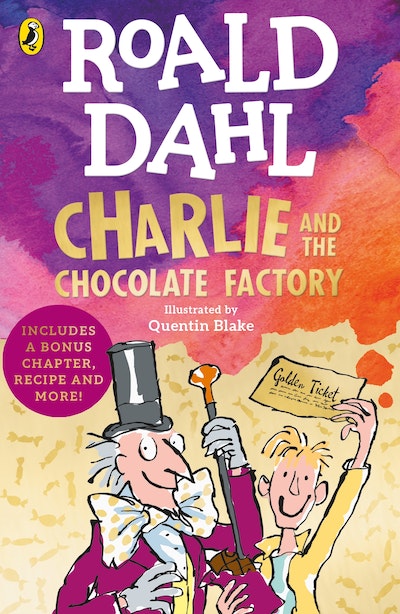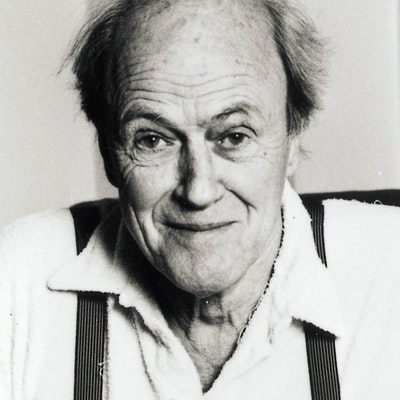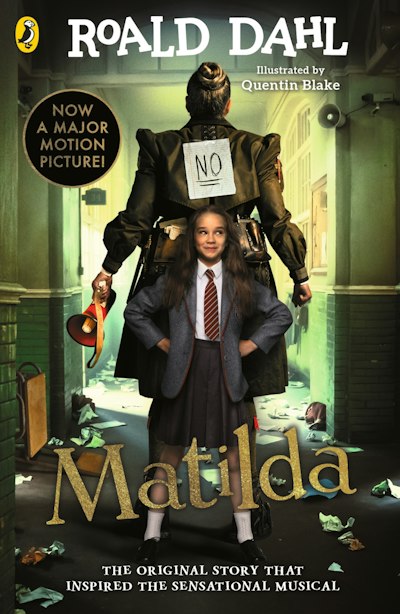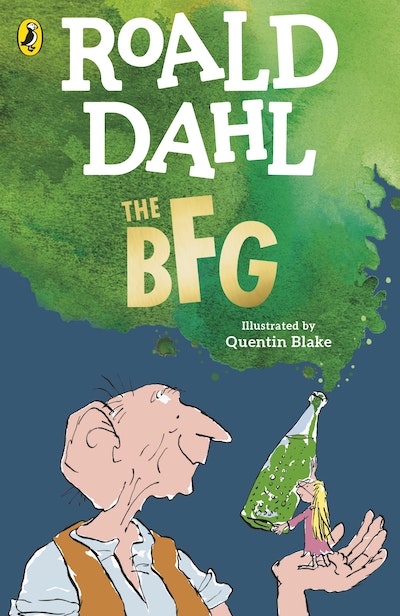- Published: 15 June 2018
- ISBN: 9781405937535
- Imprint: Michael Joseph
- Format: Paperback
- Pages: 240
- RRP: $24.99
Going Solo
A WW2 RAF memoir from the world's number one storyteller, Roald Dahl, part of the Centenary Collection (100 Years of the RAF)
In 1918, the RAF was established as the world's first independent air force. To mark the 100th anniversary of its creation, Penguin are publishing the Centenary Collection, a series of six classic books highlighting the skill, heroism esprit de corps that have characterised the Royal Air Force throughout its first century.
'They didn't think for one moment that they would find anything but a burnt-out fuselage and a charred skeleton; and they were apparently astounded when they came upon my still-breathing body, lying in the sand near by.'
In 1938 Roald Dahl was fresh out of school and bound for his first job in Africa, hoping to find adventure far from home. However, he got far more excitement than he bargained for when the outbreak of the Second World War led him to join the RAF. His account of his experiences in Africa, crashing a plane in the Western Desert, rescue and recovery from his horrific injuries in Alexandria, and many other daring deeds, recreates a world as bizarre and unnerving as any he wrote about in his fiction.
- Published: 15 June 2018
- ISBN: 9781405937535
- Imprint: Michael Joseph
- Format: Paperback
- Pages: 240
- RRP: $24.99
Other books in the series
About the author
Roald Dahl was a spy, ace fighter pilot, chocolate historian and medical inventor. He was also the author of Matilda, Charlie and the Chocolate Factory, The BFG and many more brilliant stories.
Related titles
Praise for Going Solo
His account of life as a fighter pilot in the Western Desert and n Greece has the thrilling intensity and the occasional grotesqueness of his fiction
Sunday Times
Very nearly as grotesque as his fiction. The same compulsive blend of wide-eyed innocence and fascination with danger and horror
Evening Standard
A non-stop demonstration of expert raconteurship
The new York Times Book Review












